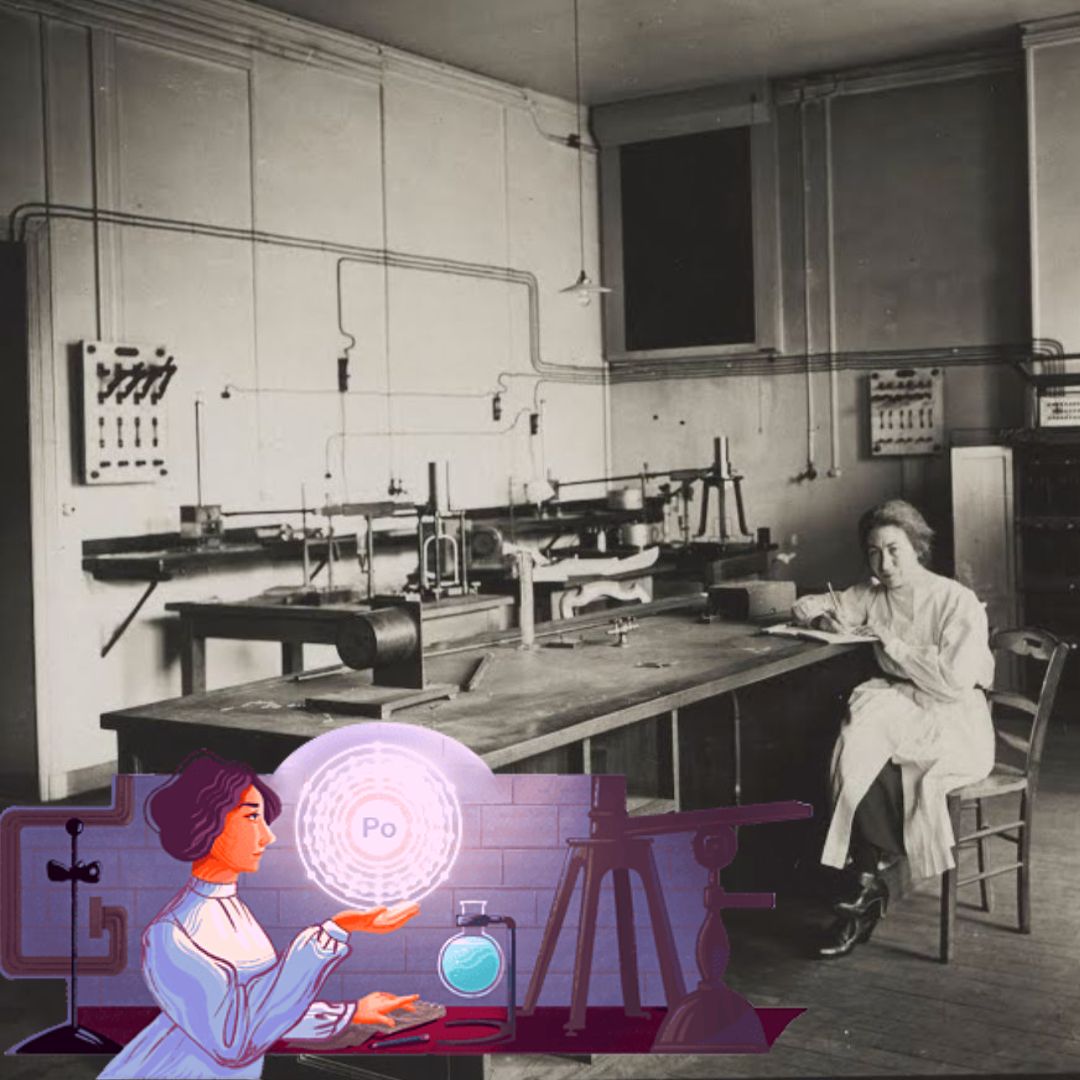Stefania Maracineanu: Google Doodle Pays Tribute To Pioneering Woman In Discovery & Research Of Radioactivity
Writer: Shashwat Swaroop Garg
My name is Shashwat Swaroop Garg, I'm 21 years old and I am from Kanpur, Uttar Pradesh. I am a media student at Symbiosis Institute of Media and Communication, Pune. I am currently pursuing my specialization in Journalism. I am interested in playing videogames, reading and learning about new and interesting things and I work well in a team
Others/World, 18 Jun 2022 8:47 AM GMT
Editor : Shiva Chaudhary |
A post-graduate in Journalism and Mass Communication with relevant skills, specialising in content editing & writing. I believe in the precise dissemination of information based on facts to the public.
Creatives : Shiva Chaudhary
A post-graduate in Journalism and Mass Communication with relevant skills, specialising in content editing & writing. I believe in the precise dissemination of information based on facts to the public.
Maracineanu was a Romanian physicist who joined the Radium Institute, which was becoming a centre for studying radioactivity worldwide under the direction of world-renowned physicist Marie Curie.
Google, on Saturday, celebrated the 140th birth anniversary of Stefania Maracineanu, a Romanian physicist who is one of the pioneering women in the discovery and research of radioactivity.
Maracineanu graduated in 1910 with a degree in physical and chemical science. During her career, the Romanian Ministry of Science granted her a scholarship, and she later decided to pursue graduate research at the Radium Institute in Paris.
Early Life
The Physicist was born in Bucharest to Sebastian and Sevastia Maracineanu. However, not much is known about her personal life, only that she had an unhappy childhood. She completed high school at the Central School for Girls.
In 1907, she enrolled at the University of Bucharest, receiving her degree in physical and chemical sciences in 1910. She began her career in 1915 as a teacher at the Central School for Girls in Bucharest.
Career
As per a report by The Indian Express, when she joined the Radium Institute, it was becoming a centre for studying radioactivity worldwide under the direction of world-renowned physicist Marie Curie. Maracineanu started working on her PhD thesis on Polonium, the element that Curie discovered.
While she was doing her research on the half-life of Polonium, she found that the half-life of the element was dependent on the type of metal it was placed on. This made her think if the alpha rays from Polonium had transferred some atoms of the metal into radioactive isotopes. It was her research that led to the first example of artificial radioactivity.
As per a report by India Today, Maracineanu got into the Sorbonne University in Paris to complete her PhD in physics. She worked at the Astronomical Observatory in Meudon for four years, then returned to Romania and founded the country's first laboratory to study radioactivity.
She dedicated most of her time researching artificial rains, including a trip to Algeria to test her results. She also became the person to study the link between earthquakes and rainfalls and reported that there is a significant increase in radioactivity in the epicentre, which then leads to an earthquake.
In 1936, the Academy of Sciences of Romania recognised her work, and she was elected to serve as the Director of Research, but she never received global recognition for her discovery.
Also Read: Almost 50 Lakh People Displaced In India Due To Climate Change, Disasters: UN Report
 All section
All section














